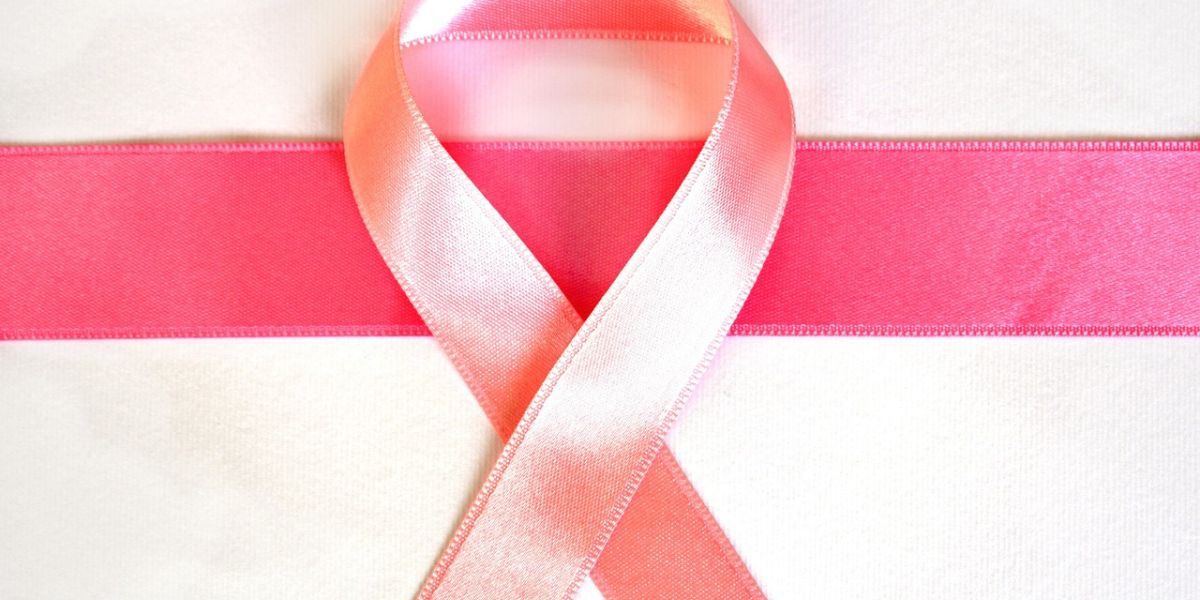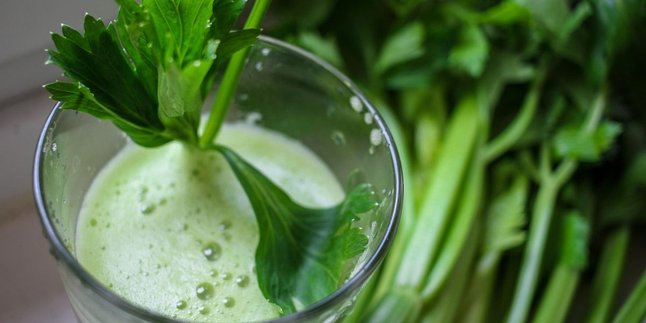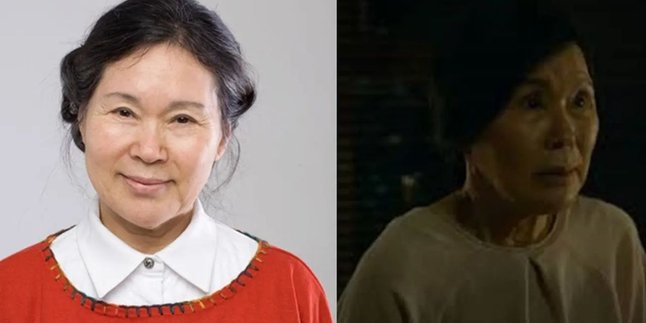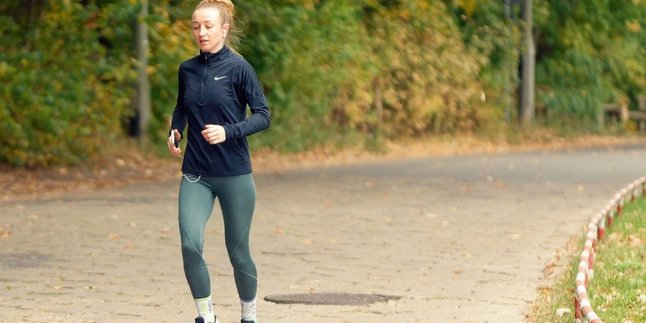Kapanlagi.com - Talented senior actress, Lee Joo Sil, has passed away on Sunday, February 2, 2025, in Uijeongbu, South Korea. For the past 13 years, Lee Joo Sil fought against breast cancer, a disease that has become a major concern for many women worldwide, alongside cervical cancer.
Breast cancer occurs due to the uncontrolled growth of abnormal cells in breast tissue, including milk ducts, milk-producing glands, and surrounding fatty tissue. Although it is more common in women, men also have a risk of developing breast cancer, although the number of cases is much lower.
The exact cause of breast cancer remains a mystery, but several risk factors such as genetics, radiation exposure, obesity, hormonal disorders, and unhealthy lifestyles can increase a person's likelihood of developing this disease. Therefore, it is important for all of us to recognize the early signs of breast cancer so that we can diagnose and receive treatment more quickly.
Unfortunately, many people are still unaware of the early symptoms of breast cancer as they are often considered normal or harmless conditions. In fact, early detection can significantly increase the chances of recovery. Here are some symptoms to watch out for so that we can be more vigilant and proactive in maintaining our health.
1. The Appearance of a Lump in the Breast or Armpit
One of the most common signs of breast cancer is the appearance of a lump in the breast area or under the armpit. Although not all lumps are malignant, there are several characteristics that can indicate cancer, such as:
- The lump feels hard and does not move when touched.
- The surface is uneven and the size can increase rapidly.
- It does not always cause pain.
- It can appear in the armpit as a sign of spread to the lymph nodes.
Detecting lumps early can be done through regular self-breast examinations. If you find a suspicious lump, seek medical examination immediately to ensure further conditions.
2. Skin Changes on the Breast
In addition to lumps, changes in the texture of the breast skin can also be a sign of cancer. Cancer cells can cause inflammation that alters the appearance of the skin, such as:
- The skin becomes thicker or scaly.
- Wrinkles or dimples appear, making the surface of the breast look uneven.
- The skin in the breast area appears red or feels itchy.
These changes are often mistaken for an allergic reaction or common irritation, leading many people to ignore them. If these changes persist for a long time and do not improve, it is advisable to consult a doctor.
3. Abnormal Nipple Discharge
The discharge of abnormal fluid from the nipple can be a warning signal, especially if the fluid is red or brownish in color, rather than just clear or milky. This symptom is often accompanied by sores on the nipple that do not heal.
Medical experts emphasize the importance of seeking medical attention immediately if you experience this condition, especially when the fluid comes out without pressure or stimulation. Do not take it lightly; your health is very valuable!
4. Changes in Breast Size or Shape
Sudden changes in breast size, especially if one breast appears larger or lower than the other, can be a warning sign of cancer cell growth.
Swelling of tissue within the breast due to the development of cancer cells is often not accompanied by pain, so these changes can be clearly visible without prominent symptoms.
If you experience asymmetrical breast enlargement without a clear reason, do not delay in seeking medical examination to determine the cause and maintain your health.
5. Nipple Inversion
A normal nipple usually protrudes outward, but in some cases of breast cancer, the nipple can change shape and become inverted. This condition is caused by cancer cells attacking the tissue behind the nipple, pulling it inward.
In addition to changes in shape, some other accompanying symptoms may include:
- Itching or pain in the nipple area.
- Color changes in the skin around the nipple becoming darker or scaly.
- Wounds on the nipple that do not heal.
These changes should be monitored, especially if they occur suddenly and there is no history of trauma or injury beforehand.
6. Breast Cancer Risk Factors
Breast cancer, a disease often heard of and quite frightening for many women (and even men!), has complex causes that are not yet fully understood. However, several factors have been identified as risk enhancers. These factors are divided into two main categories: those that can be controlled and those that cannot be controlled by individuals.
Controllable Breast Cancer Risk Factors
This category includes factors closely related to lifestyle choices and daily habits. This means we have control to minimize the risk by making positive changes.
- Diet: A diet high in fat, low in fiber, and rich in preservatives or artificial coloring increases the risk. Conversely, a diet rich in fruits and vegetables with high antioxidants is highly recommended.
- Lack of Exercise: Regular physical activity has been shown to reduce the risk of breast cancer by up to 14%, according to several studies.
- Overweight/Obesity: Excess weight triggers excessive estrogen production, a hormone associated with an increased risk of breast cancer.
- Smoking: Smoking and exposure to secondhand smoke increase the risk of various cancers, including breast cancer. Avoid smoking for your health!
- Alcohol Consumption: Alcohol consumption is also linked to an increased risk of breast cancer. Limit or avoid alcohol consumption.
By adopting a healthy lifestyle, such as consuming a balanced nutritious diet, exercising regularly, maintaining an ideal weight, avoiding smoking, and limiting alcohol consumption, we can reduce the risk of developing breast cancer.
Uncontrollable Breast Cancer Risk Factors
Unlike the previous factors, these factors are beyond our control. Genetic factors and age, for example, are factors that cannot be changed.
- Genetics: Gene mutations such as BRCA1 and BRCA2 significantly increase the risk of breast and ovarian cancer. A family history of breast cancer also increases the risk.
- Age: The risk increases with age, with most cases occurring in women over 50 years old.
- Gender: Although rare, men can also be affected by breast cancer.
- Menstrual History: Starting menstruation before the age of 12 or menopause after the age of 55 can increase the risk.
- Pregnancy and Breastfeeding: Having the first child after the age of 35 or never having been pregnant is also associated with an increased risk.
- Radiation Exposure: Exposure to radiation, such as from radiotherapy, can increase the risk.
- Hormone Replacement Therapy: Long-term use of estrogen and progesterone hormone replacement therapy increases the risk.
Having some of the above risk factors does not automatically guarantee that someone will develop breast cancer. Conversely, not having risk factors is not a guarantee of being free from this disease.
7. Are all lumps in the breast cancer?
No, not all lumps in the breast are cancerous. However, to be sure, it is best to consult a doctor if a lump does not go away after a long time or has characteristics such as being hard, immobile, and irregular.
8. Can men also get breast cancer?
Yes, although it is less common, men can also develop breast cancer because they have breast tissue that can become malignant.
9. How to prevent breast cancer?
Some ways to reduce the risk of breast cancer include maintaining an ideal weight, adopting a healthy diet, avoiding alcohol and tobacco, and regularly performing self-breast examinations (SADARI) or mammograms.
10. What to do if experiencing breast cancer symptoms?
If you experience symptoms such as lumps, skin changes, or discharge from the nipple, consult a doctor immediately for further examination, such as a breast ultrasound or biopsy.
(kpl/rmt)
Disclaimer: This translation from Bahasa Indonesia to English has been generated by Artificial Intelligence.












